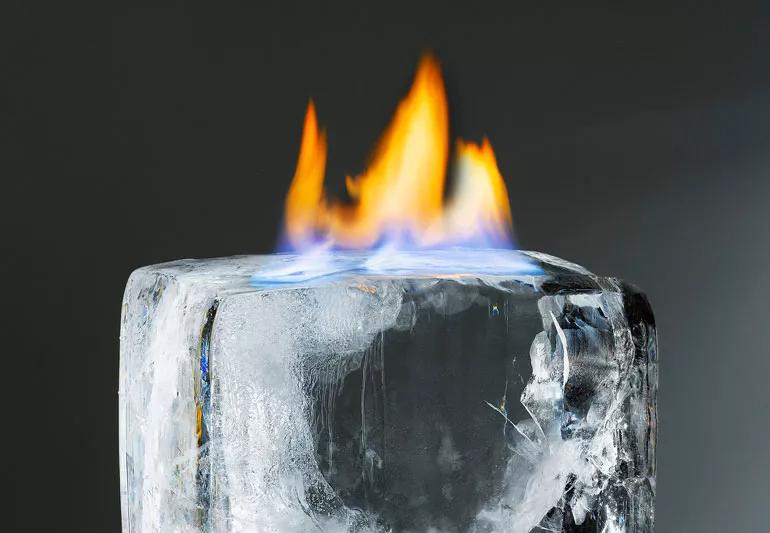The short answer from a rheumatologist

A: Applying heat or cold to a painful area is a simple, inexpensive method for relieving pain. Cold reduces swelling and numbs the area. Heat loosens up muscles, increases flexibility and increases circulation. For an acute injury, such as a pulled muscle or injured tendon, the usual recommendation is to start by applying ice to reduce inflammation and dull pain. Once inflammation has gone down, heat can be used to ease stiffness.
Advertisement
Cleveland Clinic is a non-profit academic medical center. Advertising on our site helps support our mission. We do not endorse non-Cleveland Clinic products or services. Policy
For a chronic pain condition, such as osteoarthritis, heat seems to work best. However, some people find that cold also helps to dull the pain.
So what’s the answer? Try them both and use whichever works best for you.
Exercise is an important part of treatment for osteoarthritis. Heat and cold can also be used to make exercising a little easier. Try using heat before exercise to loosen up muscles and cold afterward to minimize any achiness.
For heat, soak in a warm bath, hot tub or whirlpool for about 20 minutes. Or take a warm shower. Dress warmly afterward to prolong the benefit. A heating pad is another good way to warm up an area. You can also buy moist heat pads. Or, heat a damp washcloth in the microwave for about 20 seconds. Test it to make sure it’s not too hot. Wrap it in a dry towel and apply it to the painful area.
For cold therapy, use an ice pack. Apply for 20 minutes at a time. Gel-filled cold packs are inexpensive and available in different sizes and shapes. Keep several in the freezer. Frozen peas or ice cubes in a baggie also work.
— Rheumatologist Chad Deal, MD
Advertisement
Learn more about our editorial process.
Advertisement

Adding these simple foods to your diet can make a big difference

When at-home treatment is not enough

Most recommended precautions center around minimizing bruising or swelling

Even one drink can have an impact on your cognitive function leading to slurred speech, blurred vision and impaired memory

Understand who may (and may not) benefit

Lorem ipsum dolor sit amet. Et odio Quis vel ipsam omnis eum alias deleniti et placeat impedit non voluptas galisum hic autem enim et cupiditate aliquid. Est beatae quidem non facilis autem ut commodi nisi aut tempore rerum et dolores voluptatem cum enim optio id sapiente quasi. Ad laboriosam officiis 33 cupiditate sequi ea voluptatum consectetur qui necessitatibus voluptate et quasi doloremque et facere explicabo quo explicabo officia

Type 2 diabetes isn’t inevitable with these dietary changes

Applying a hot or cold compress can help with pain